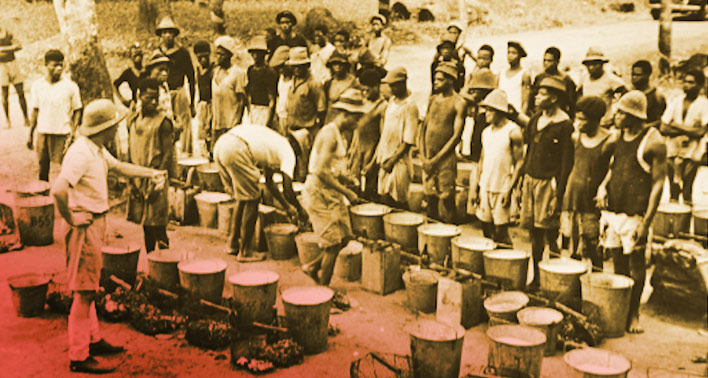
Aid: Ending Global Poverty
Growth of average incomes globally has resulted in a stunning decline in abject poverty. Yet more than a third of the world’s population – some 2.2 billion people – live on less than $2 a day, many without access to clean water, electricity, sanitation, and basic protection of the law. And the gap between rich and poor continues to widen. What can be learned from the successes and failures of the West’s $2.3 trillion aid investment over the past 50 years? What are the most promising solutions? And where do we go from here?

Global Poverty Today
Growing global income inequality and the absence of the rule of law underlie most of the social and economic problems in developing countries, including the roadblocks to effective foreign aid.

Multilateral and Bilateral Aid
Whether aid is given through multilateral organizations or bilaterally state-to-state, the impediments to the aid’s effectiveness are the same, including oppressive, corrupt regimes, political and economic instability, and the lack of civil rights, among others.

The World of the Poor
The poor live with lawlessness, poor nutrition, low quality of education, and have so little cash reserves that simple mistakes or health problems can have devastating consequences.
In the series: The Changing World Economy
- Trust, Faith and Confidence–Value and the Role of Money
- Risk, Gambling, and Financialization
- Forgiveness of Debt and the Creation of Money
- End Times: Elites, Counter Elites, and the Path of Political Disintegration
- Capital in the Twenty First Century
- Doughnut Economics
- The Business of Changing the World
- Creating a Learning Society
